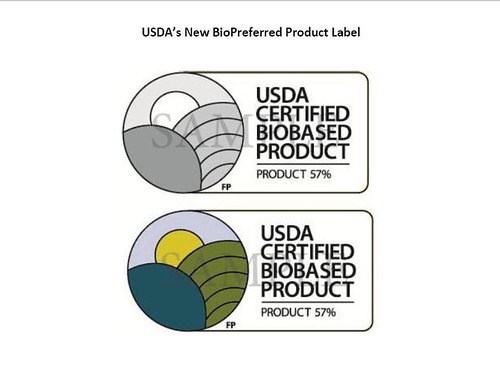In President Obama’s July 11 press conference, he asked us all to look at the steps we can take short term in order to put folks back to work. At the U.S. Department of Agriculture (USDA), we have been promoting the domestic biobased industry because we know green jobs represent a growth investment. On July 14, the Senate Committee on Agriculture, Nutrition and Forestry will hold a public hearing during which biobased product manufacturer representatives will testify about how they are trying to help the United States win the future by investing in and creating domestic job growth.
As defined by USDA, biobased products are goods – other than food or feed – that are made from biological ingredients, including renewable domestic agricultural materials, forestry products, or intermediate chemicals. The USDA BioPreferred® program, established by the 2008 farm bill, encourages the development, purchase, and use of innovative biobased products through preferred Federal Agency procurement and a voluntary biobased product labeling program.
Domestic manufacturers are converting corn sugar, rice hulls, and soy oil into a wide variety of high-value industrial, commercial, and increasingly, consumer products. Increasing bioproduct demand and use helps create jobs in rural communities, adds value to agricultural commodities, decreases environmental impacts, and reduces our dependence on imported oil. Already, there are more than 3,200 companies in the United States that either manufacture or distribute biobased products. According to a recent Iowa State University study, survey respondents from the biobased product industry reported more than 100,000 jobs – largely domestic – associated with their biobased product lines. Could this be the beginning of a new “bioindustrial” revolution?
For more information about the Senate Agricultural Committee’s “Growing Jobs in Rural America” hearing visit the Senate Agricultural Committee’s website. For more information about USDA’s BioPreferred program visit: www.biopreferred.gov


